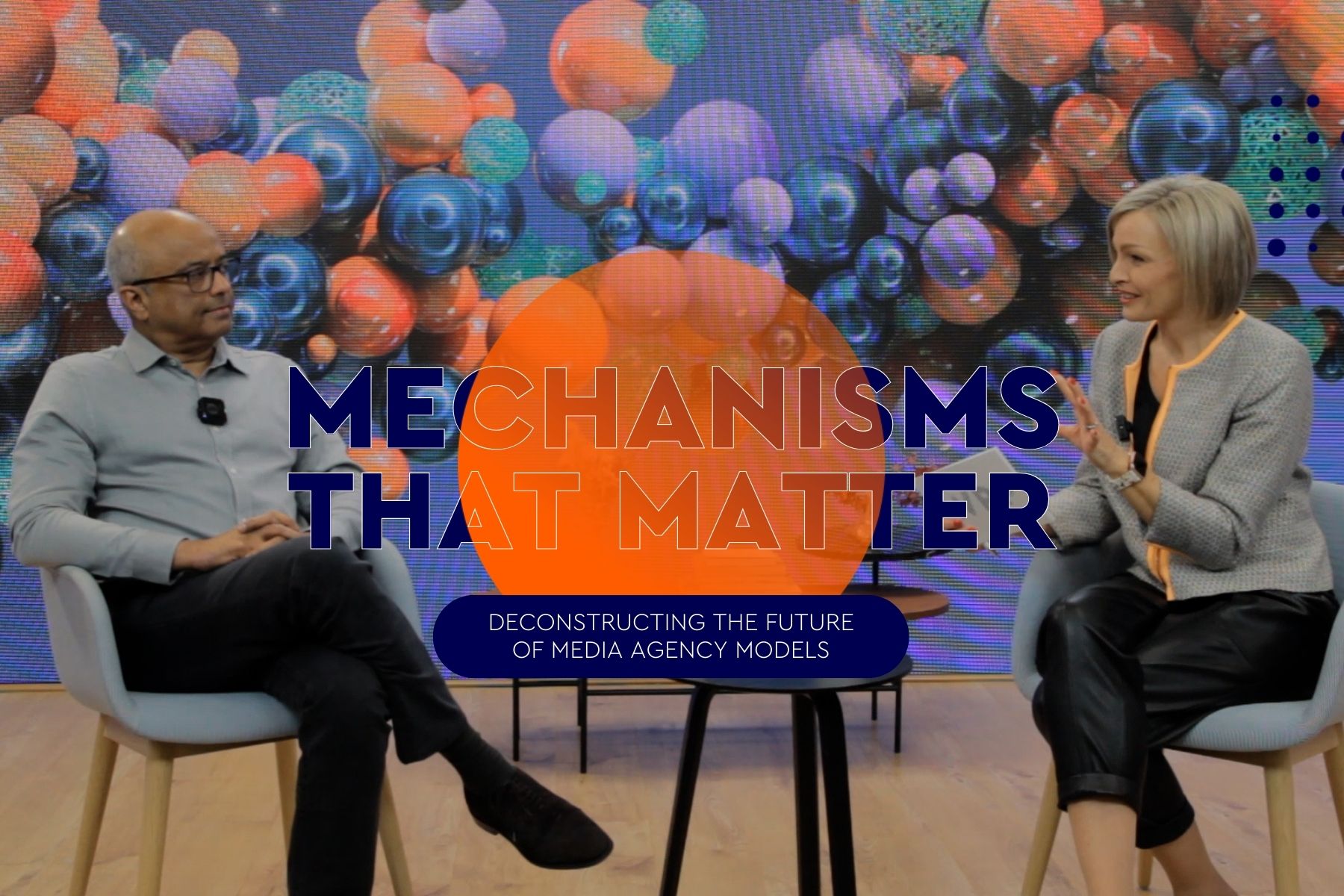
It’s all about how to grow and resilience
‘The 2030 Forecast’ from Ogilvy Consulting sets out the 10 challenges facing humanity – largely resulting from its own hand. Carla Hendra says companies must meet these challenges head on if they are to grow
What will the world look like by 2030? Hindsight used to be a wonderful thing. Now – with the conflation of macro-economic, geo-political, social, technological and health events – it is so much harder to understand where markets are headed. As Hendra points out in ‘The 2030 Forecast’: “…through our own advancement, we’ve made the world more volatile and less hospitable”. This has changed the way we conduct business forever…and responses to future challenges lie less in looking backwards, and more in mining – then acting on – insights.
Hendra points out that the engine of post-WW2 growth has largely been technology. It has shifted millions out of poverty into a new middle class. Now AI is shifting the dial one step further, and it is shifting the dynamics of the workforce too.
But technology does not deliver growth in isolation, says Hendra. There must be new marketplaces too, and the right insight will be the enabler to accessing them.
New markets; new strategies
“The silver population will be the new target audience for growth for many types of companies,” she says. “This will certainly be the case for consumer goods companies, financial services, travel and hospitality. Brands will have to think now about developing products and services for this demographic if they are going to grow and succeed by 2030.”
The phrase used by Ogilvy Consulting is: “turning silver into gold”. Asia, Europe and the Americas will all have huge silver marketplaces by 2030, thereby displacing the young as the go-to generation for marketing.
In fact, the number of people – globally – over 60 already outnumbers those under five. By 2030, one in every six people will be a sexagenarian or beyond. The global population of those over 60, which stood at one billion in 2020, will rise to 1.4 billion by 2030. That’s over 16% of the global population. When 2050 comes around, there will be 2.5 billion seniors. The World Bank tells us that, by 2030, seniors’ spending will reach $15 trillion.
“This is a marketplace that companies must approach with significant insight,” says Hendra. “We must stop thinking about older generations in clichés – these are young people who have grown older, who are digitally inclined (if not savvy) and they have huge buying power. We need insight into who these people are as human beings to understand this buying power, and we must remember that Gen Z, and even some millennials, will do less well economically than their parents.”
And women too will be a marketplace that will deliver growth for brands like never before. “There are more women in the workplace, and they are working at a higher level than before,” she points out. In fact, McKinsey reports, much of the $30 billion in financial assets held by the baby boom generation will be controlled by women. That’s a $20 trillion swing from male or joint ownership to female control in just the 2020s. According to BCG, women claim 32% of the world’s financial resources and are adding $5 trillion to the global wealth pool annually – outpacing the market.
“Yes, we have been studying the massive shift of assets to women – a great thing,” says Hendra, “but we are also mindful that equal pay and women’s health access continue to be a challenge.”
ESG – no longer nice to have
As companies’ environmental, social and governance (ESG) credentials shift into mandatory territory, ESG principles – like equal pay and health – will increasingly dominate boardroom thinking. “But societal changes are not as rapid as we thought, or hoped for,” says Hendra.
This is true of ethnicity, women and health, gender and sexuality, and across many other communities, and at the intersection of those communities.
“How do you reinterpret all of that – as a brand – to achieve the right growth strategy for your business and create value?” she says. “We need to understand client needs, drill down into what we know across client sectors, figure out what’s happening in the different marketplaces, what’s happening in terms of geo-politics, and what is happening in terms of societal shifts,” says Hendra.
“What we want our forecast to do is help pose the questions. What we are saying is that if these are inevitable seismic shifts, this is what companies need to be thinking about, so what are you going to do?”
Talent – assets not just costs
“One thing is clear…knowledge workers are always going to be in high demand,” says Hendra. “But the definition of a knowledge worker and the skillset that goes with it will likely change.”
She points out that competition for the best thinkers will be ongoing and constantly evolving, and certainly some roles done by humans today will shift to machines for efficiency gains. AI and other automation technology will enable new models for working creatively to deliver cost-effective, always-on content, in multiple languages, using all sorts of tools. “But the outcomes of these new ways of working must always link securely to the overall brand and to the underlying business,” she says. For example, the many new AI engines can be powerful resources, but only if the resulting research and content is high quality and legitimately sourced.
Complex businesses in many geographies, with many business units, and many products and services have always consumed a lot of talent and technologies – that is nothing new. Perhaps what is new is that creative transformational work is now being conducted in an environment of extreme volatility: climate, pandemic, war, economic struggle.
“And that is why resilience has to be built into everything a company does,” Hendra concludes.
published on
20 February 2023
Category
More in Communications

Mechanisms that Matter – Inside our partnership with Audible
How do you take a huge client like Audible from 22 agencies to one thriving networked team?

Healthcare communications – diverse, dynamic & different
Communicating about health and healthcare in APAC requires a nuanced and balanced approach

Mechanisms that Matter – How India is fuelling growth for global brands
CVL Srinivas tells Anna Hickey how WPP Open is fuelling a testbed for new working models, innovation, and automation.

